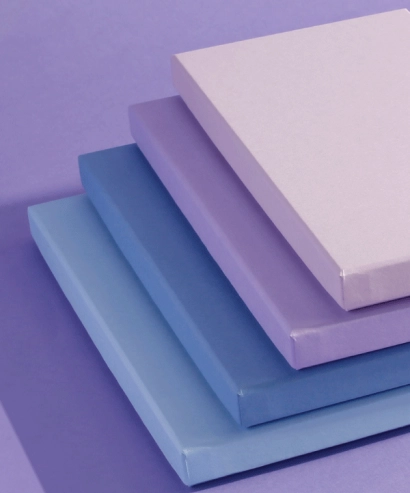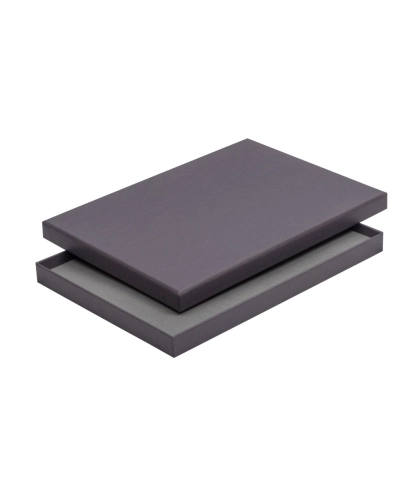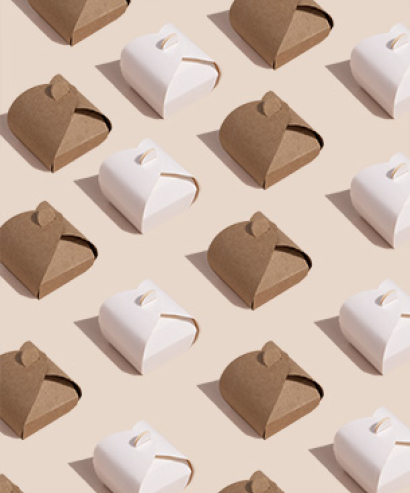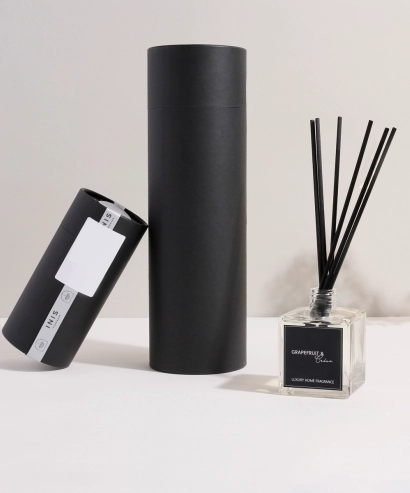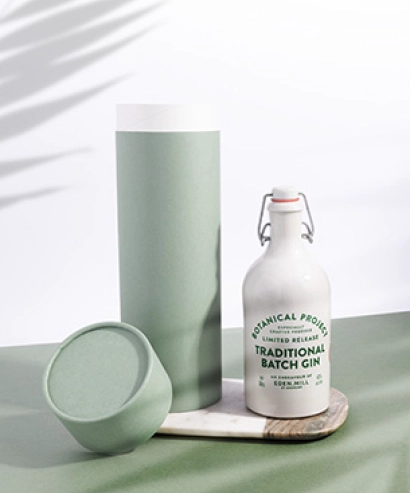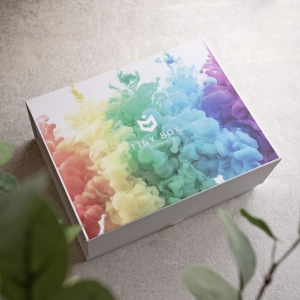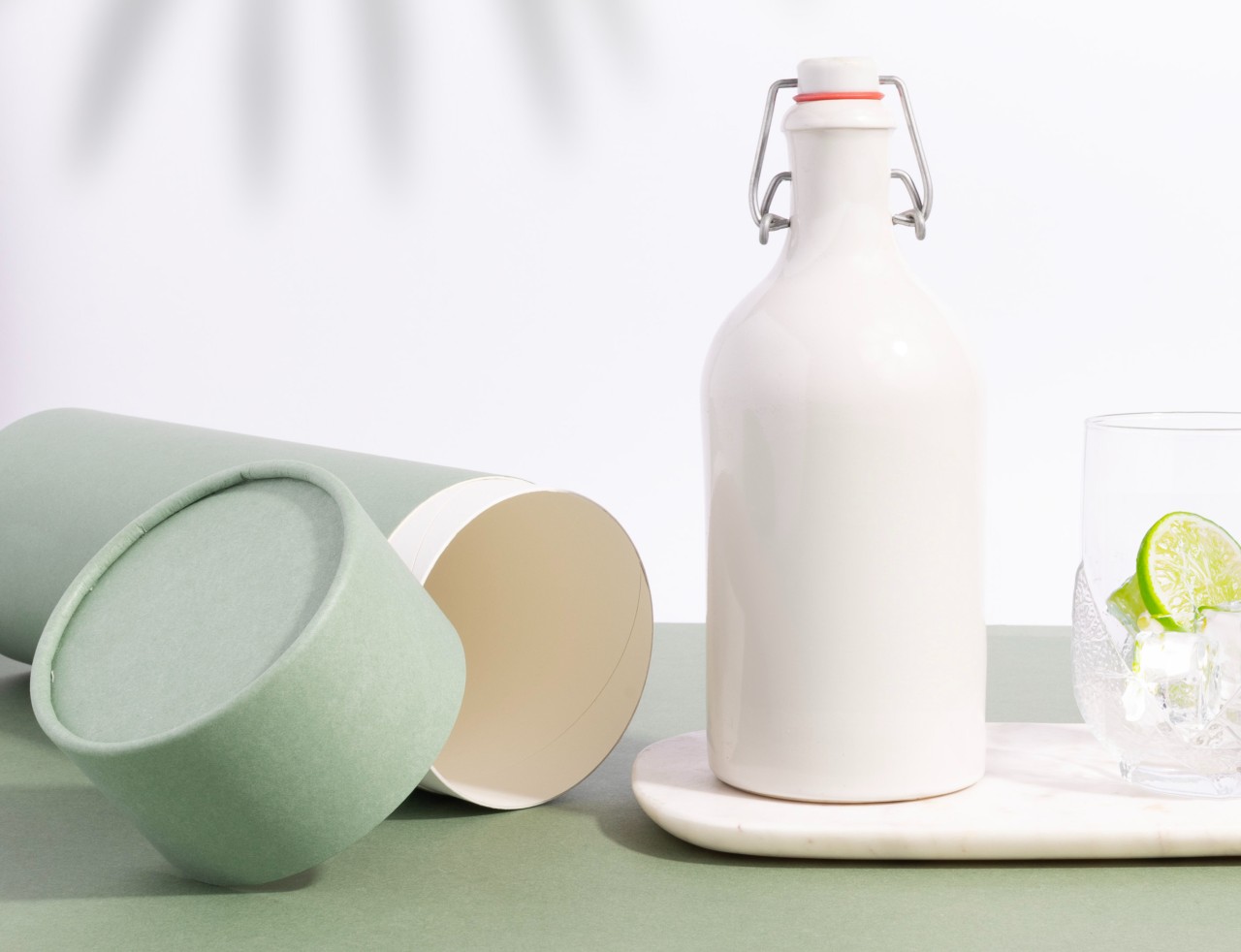
Packaging plays a vital role for brands, from protecting products during transit to showcasing them on shelves. But when it comes to choosing the right packaging materials, two measurements come into play: GSM and microns.
GSM, or grams per square metre, refers to the weight of paper or card per square metre. Simply put, the higher the GSM value, the heavier the material. Microns, on the other hand, measure the thickness of paper and card. One micron is equal to one thousandth of a millimetre, so higher micron values indicate thicker materials.
GSM and microns in packaging
GSM identifies the weight of different types of paper and card, providing a standardised way to compare and ensure consistency across the industry. It also affects the printing process, as different GSM values require specific printing techniques and equipment.
Packaging materials with higher GSM values are generally more resistant to tearing, bending, and other forms of damage during transit and handling. They provide better protection for the products inside and help ensure that they reach the end consumer in excellent condition.
Micron measurements are used to determine the calliper or thickness of paper and card. The thickness of packaging materials is particularly important for applications where additional strength and durability are required. Thicker materials can withstand greater pressure and provide better protection for the products inside.
Microns also play a role in determining the coating thickness of packaging materials. Coatings, such as varnishes or laminates, can enhance the appearance, durability, and functionality of packaging. These measurements help ensure that the coatings are applied at the desired thickness, providing the right level of protection and aesthetics.
Different types of packaging materials have different micron thicknesses. For example, corrugated cardboard typically has a higher micron thickness than paperboard. Micron thickness can also vary depending on the type of digital printing technology used - for example, inkjet printing may result in a different micron thickness compared to laser printing.
GSM and microns - are they linked?
While there is no direct correlation between GSM and microns, the two are often linked. For example, there will be a few factors to consider when selecting the right measurements for your products:
Business and note cards - for professional business and note cards with a more premium feel, a higher GSM or micron measurement would be suitable to convey a sense of quality.
General use - for general packaging needs, the choice between GSM and micron depends on the desired durability and thickness. A higher GSM or micron measurement generally provides a sturdier material that can withstand handling and transportation.
It’s also worth noting that materials with the same GSM can also have different micron thicknesses due to factors like air content and calendaring. In packaging, paperboard might have a high GSM but a lower thickness in microns, indicating a dense and compact material. In contrast, a plastic film might have a low GSM but a high thickness in microns, suggesting a lightweight but thicker material.
How do GSM and micron measurements impact sustainability?
Packaging plays a significant role in the overall sustainability efforts of brands. Both GSM and micron measurements can impact sustainability in the following ways:
Environmental impact: packaging materials with higher GSM or micron measurements often require more resources, energy, and raw materials to produce. This can lead to increased deforestation, water usage, and energy consumption in the manufacturing process.
Opting for lightweight materials with lower GSM or micron measurements can therefore help you be more sustainable in your choice of packaging. Using recycled materials can also help by reducing the environmental impact associated with manufacturing new packaging materials.
Recycling challenges: thicker materials can often be more challenging to recycle. The additional thickness can affect the efficiency of the recycling process, leading to lower recycling rates and higher waste generation.
Exploring biodegradable and compostable packaging materials can further enhance sustainability efforts, as these materials often have specific GSM and micron measurements that align with sustainable practices and reduce waste generation.
Transportation emissions: heavier packaging materials contribute to higher transportation emissions, as more fuel is required to transport them. This can result in increased greenhouse gas emissions and air pollution.
In conclusion
Understanding the use of GSM and micron measurement in packaging is crucial for choosing the right materials that align with your specific needs and sustainability goals. By understanding how GSM influences packaging quality and the role of microns in material thickness, you can make informed decisions to enhance durability and environmental impact.





